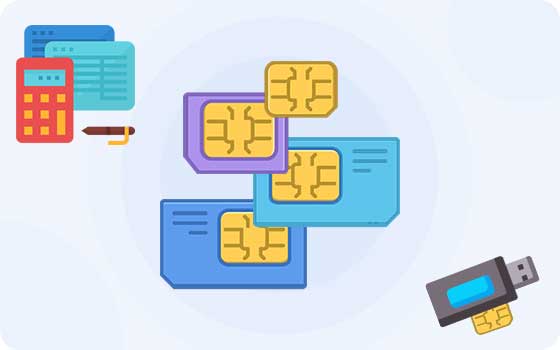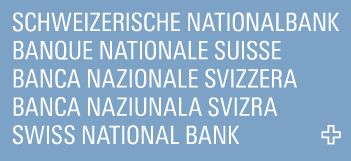Digital Cash Can Do More
Digital Cash with Taler is much more than yet another digital payment system. Taler will transform economies:
Simplified tax filing and less expensive tax audits
Enabling new business models, especially for digital publishing
Respects individual and national sovereignty
Providing inexpensive and convenient youth protection
Useful for regional currencies for diverse economic zones
Enables digital remittances from social services to unbanked populations
Proven Technology
Taler is built on top of established, time-tested technologies with a conservative design:
- Common SQL database with Client-Server (HTTP-REST) APIs; no blockchain, no P2P network
- Well-understood inexpensive cryptographic building blocks (RSA, DSA); no ZK-SNARKs
- Concrete contracts with clear legal foundation; no VM, no Solidity smart-contracts

Comprehensive Execution
The Taler system is not just a wallet:
- Adapters for integration with the established banking system (LibEuFin)
- End-user backup and key management (Anastasis)
- Merchant integration and back-office support

Advantages of a Value-Based CBDC
As a value-based system Taler is the closest possible digital equivalent to cash. In addition to satisfying regulatory requirements, Taler allows central banks to be able to impose withdrawal limits to protect against bank runs or impose negative interest rates to disincentivize hoarding. The Taler CBDC architecture is two-tiered such that interactions would be facilitated by commercial banks. As a result, the central bank does not have to deal with citizen's accounts and associated Know-Your-Customer procedures and the associated support burden. Taler's privacy properties ensure that the central bank cannot come under political pressure to reveal information about citizens, while Taler's income transparency property ensures that the central bank receives key economic data to assist it with its economic analyses.

Hardware-Based CBDC
Offline-capable CBDCs based on hardware have serious drawbacks:
- Imposes cost to purchase specific hardware-solution on citizens
- Severe dependency on a small number of manufacturers with limited competition
- Hardware security frequently fails, especially against users with an incentive to attack devices under their physical control
- Competition with physical cash further exacerbates resilience against disasters involving power outages

Free Software-Based CBDC
Free software is the best fit for a digital currency:
- Virtually zero cost to citizens to obtain, update or customize
- All software companies globally can offer service and support on an equal footing
- Transparency makes problems easier to detect, and software is inexpensive to update
- No competition for physical cash for offline use


